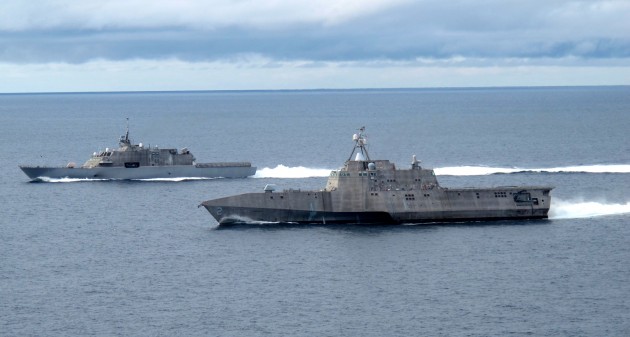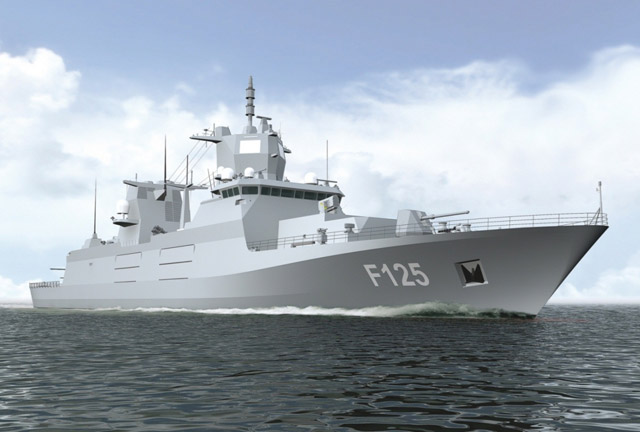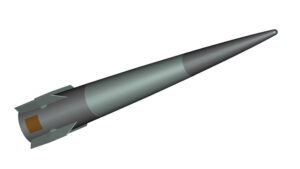
The Littoral Combat Ship variants, LCS-1 Freedom & LCS-2 Independence
WASHINGTON: The Navy needs a vastly larger fleet — 414 warships — to win a great-power war, well above today’s 274 ships or even the Navy’s unfunded plan for 355, the think-tank MITRE calculates in a congressionally-chartered study. That ideal fleet would include:
- 14 aircraft carriers instead of today’s 11;
- 160 cruisers and destroyers instead of 84;
- 72 attack submarines instead of today’s 52;
- New classes ranging from a missile-packed “magazine ship,” to diesel-powered submarines, to a heavy frigate to replace the Littoral Combat Ship, which would be cancelled.
All told, the MITRE plan is even more radical than the competing plan submitted to Congress by the Center for Strategic & Budgetary Assessments. Although both studies would grow the fleet, upgrade the America-class amphibious assault ship into a conventionally powered light carrier, cancel LCS, and build a new frigate, MITRE calls for a larger force overall and more new types of ship. Senate Armed Services chairman John McCain finds both alternatives “impressive” but favors the CSBA scheme.
[Read about the Navy’s internal study and McCain’s favored plan, the CSBA proposal]

The German Navy’s new F125 frigate, which MITRE proposes as a model for an LCS replacement.
The High-Low Mix
Building a 414-ship fleet “is unrealistic,” MITRE acknowledges, even assuming the Budget Control Act is repealed. So the study lays out what MITRE considers a good-enough plan to build and upgrade as many ships as possible for an additional $4.5 billion a year ($1.7 billion in shipbuilding funds and $2.8 billion for new weapons, mostly missiles).
This good-enough plan includes many compromises. Most notably, it slows down the production of aircraft carriers in the near term — even though MITRE believes we ultimately need more — because the Navy doesn’t have enough fighter jets to equip them all, and an aircraft carrier without aircraft is pretty pointless. To close the airpower gap, MITRE advocates buying more F/A-18E/F Super Hornets, since it believes “accelerating F-35C (Joint Strike Fighter) production does not appear to be a viable option.”

BAE Hyper Velocity Projectile (HVP)
More broadly, and similarly to CSBA, MITRE argues against today’s reliance on a small number of exquisitely expensive long-range missiles for anti-aircraft and missile defense. Instead MITRE advocates large barrages of precision-guided shells fired from conventional naval cannon — known as the Hyper-Velocity Projectile — and ultimately from electromagnetic railguns. Fielding HVP “must be a top priority” because it would turn the 5″ guns on every Navy cruiser and destroyer into missile defense systems.
In general, unlike CSBA, MITRE explicitly calls for a “high-low mix” with a smaller number of high-end warships supplemented by a larger force of cheaper, less capable vessels. Most of MITRE’s proposed new types fall in the relatively “low” end:
- The magazine ship or MG(X), similar to the 1990s concept of an arsenal ship, would be a low-cost hull — derived from a commercial or military transport — that’s packed with missiles. Weapons would include both new kinds of cruise missiles and a new ballistic missile based on the Army’s 1980s-era Pershing (but without the nuclear warhead). The MG(X) might also carry HVP-firing cannon. These ships would provide backup to conventional warships, which have better sensors but less capacity for munitions.
- Diesel-powered attack submarines are far more common worldwide than nuclear ones, even among our First World allies, and with modern Air-Independent Propulsion (AIP) — which eliminates the need for snorkeling — they can be highly stealthy, while still costing a fraction of the price of a nuclear sub. MITRE wants to keep building the nuclear-powered Virginia class at two a year, but would also supplement those boats with cheaper diesel subs.
- The Navy currently plans to replace its aging LSD-class amphibious ships with a scaled-down version of its San Antonio-class LPD amphibs, to be called L(X)R. MITRE argues for economizing much further, replacing each planned L(XR) with either about six small Expeditionary Fast Transports — catamarans formerly called JHSVs — or three modified Watson-class transports.
- MITRE’s new frigate, however, would be larger and more capable than the LCS it replaces, with a 5″ gun (firing HVP) and sufficient sensor and missile capacity to conduct air and missile defense over a wide area, instead of only being able to protect itself. MITRE proposes Germany’s new F125 frigates as a model.
Until the new frigate comes online, MITRE would funnel funds saved by canceling LCS into building more destroyers. In fact, MITRE’s ideal fleet would nearly double the current force of 84 “Large Surface Combatants” — destroyers and cruisers — to 160, compared to 104 in the Navy’s 355-ship plan and just 74 in CSBA’s proposal.
CSBA, by contrast, sees cruisers as increasingly redundant and relies heavily on highly capable frigates, 71 of them compared to MITRE’s 46 or the Navy plan’s 52. CSBA also calls for a new fleet of 40 corvettes and also emphasizes even-small unmanned craft more strongly than MITRE. Despite the real differences between MITRE and CSBA, however, both strongly concur on the need for a more powerful small warship than LCS, a frigate able to help defend the fleet against swarms of incoming anti-ship missiles.
The MITRE study doesn’t get as enthusiastic an endorsement from Sen. McCain as does CSBA’s. Nevertheless, its striking ideas will make a major contribution to the naval debate.
Why supporting Ukraine is ‘main priority’ for Norway’s defense chief this year
“I have more sense of urgency in 2024 than I had in 2023” about how quickly Russia can rearm its military, Norway’s Chief of Defense, Gen. Eirik Kristoffersen, told Breaking Defense.



























